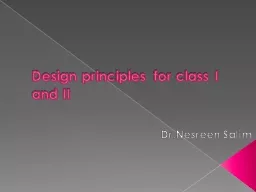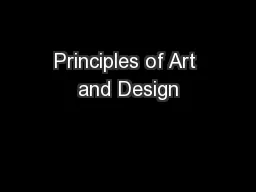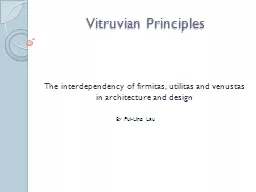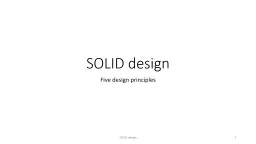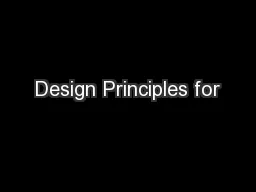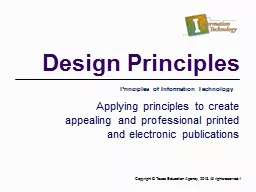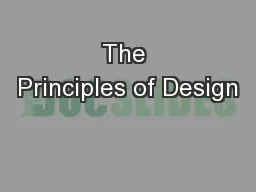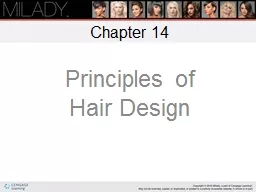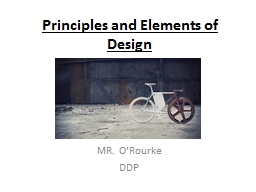PPT-Design principles for class I and II
Author : blondield | Published Date : 2020-06-15
DrNesreen Salim O Outline the saddle areas The kennedy classification of the case The primary abutment teeth are determined The number of guiding planes are
Presentation Embed Code
Download Presentation
Download Presentation The PPT/PDF document "Design principles for class I and II" is the property of its rightful owner. Permission is granted to download and print the materials on this website for personal, non-commercial use only, and to display it on your personal computer provided you do not modify the materials and that you retain all copyright notices contained in the materials. By downloading content from our website, you accept the terms of this agreement.
Design principles for class I and II: Transcript
Download Rules Of Document
"Design principles for class I and II"The content belongs to its owner. You may download and print it for personal use, without modification, and keep all copyright notices. By downloading, you agree to these terms.
Related Documents

